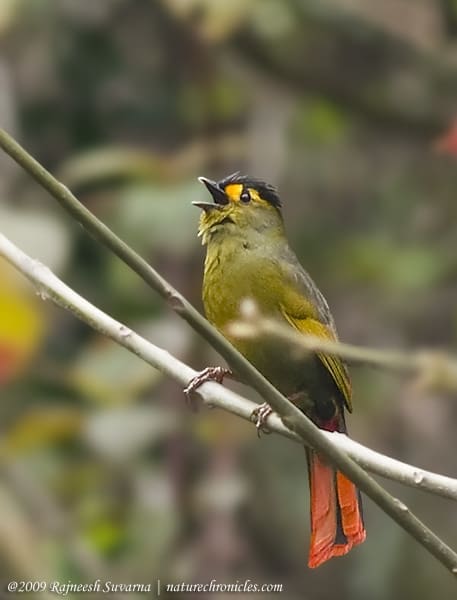Encounter: In Shangri-La with Bar-headed Geese
Meeting the Bar-headed Goose, arguably the world’s highest flier, in its breeding grounds at 15,000 feet is a rare and humbling privilege Korzok (4,595 m, 15,075 ft), the small settlement on the border of the incredibly blue Tso Moriri was the highest I had even been. So when had my first sighting of the Bar-headed Goose (Anser indicus), one of the highest flying birds in the world, on those very waters at a shouting distance from the 300-year old monastery, you can perhaps excuse me for believing that it was probably pre-ordained. The lake, along with several other high altitude … Continue reading Encounter: In Shangri-La with Bar-headed Geese



